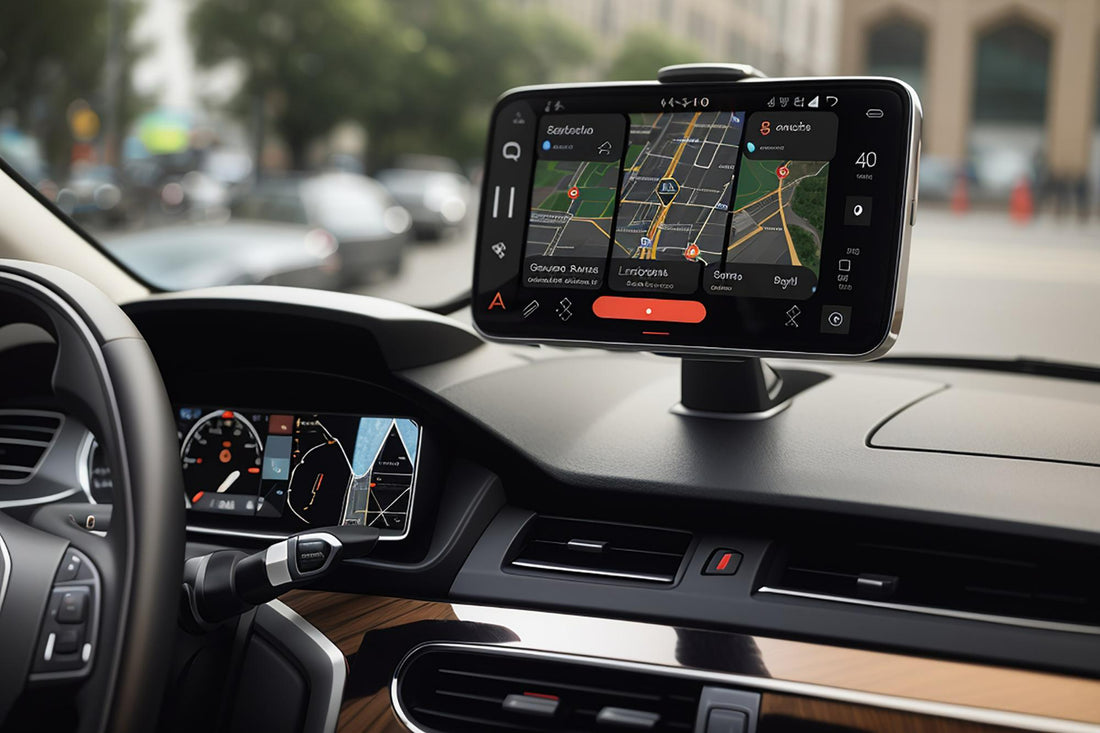Navigating the roads with a GPS system can be incredibly convenient, but are you truly maximizing its potential? Understanding how to optimize the functionality of your GPS device not only enhances your driving experience but also ensures you reach your destination efficiently. This comprehensive guide will provide expert advice on how to make the most out of your GPS navigation system.
Update Regularly: Keeping Your Maps Current
Staying updated is the key to efficient navigation. Regular updates ensure that your GPS system has the latest map data, including new roads, changed traffic patterns, and updated points of interest. This prevents you from encountering unexpected road closures or incorrect routing information which can disrupt your travel plans.
Additionally, many GPS systems offer updates that improve software functionality and add new features. Enabling automatic updates in your device settings is a practical way to ensure that your system remains current without needing to remember to manually update before each journey.
Optimize Settings: Tailored Navigation Preferences
Customizing the settings of your GPS system can greatly enhance its utility. Start by adjusting the route settings to match your driving preferences—whether you prefer the fastest route, the shortest route, or perhaps one that avoids toll roads. This customization ensures that the GPS navigation aligns with your specific travel needs and priorities.
Moreover, adjusting the display settings can also improve readability and usability during travel. Enhance the contrast, adjust brightness for different times of the day, and enlarge the font size if necessary to ensure that the information is easy to read at a glance. This minimizes distractions and allows you to focus more on driving.
Harness Traffic Updates: Stay Ahead of the Pack
Leveraging live traffic updates is a game-changer for navigating efficiently. A GPS system that incorporates real-time traffic data can alert you to delays due to accidents, construction, or heavy traffic, allowing you to avoid frustrating jams. Activate this feature in your GPS settings to dynamically adjust your route based on current traffic conditions.
Besides saving time, using live traffic updates helps in reducing fuel consumption as your route becomes more efficient. This proactive approach keeps you moving rather than being stuck, optimizing both time and energy.
Connectivity Enhancement: Sync Your Devices
In today's interconnected world, syncing your GPS system with other devices, such as your smartphone, can provide a seamless navigation experience. By connecting your devices, you can easily access saved addresses from your phone contacts or calendar events, streamlining the process of inputting destinations.
Further, integrating voice commands via your smartphone enhances safety by allowing hands-free operation. This setup enables you to make adjustments to your route or get additional information without taking your hands off the wheel.
Regular Maintenance: Keep Your GPS in Top Shape
Maintaining your GPS system is crucial for consistent performance. This involves both physical maintenance, such as keeping the screen clean and ensuring that the device mount is secure, and software maintenance, such as clearing cached data that can slow down the device.
Regularly check the battery life of your GPS unit, especially if it’s a portable model. A failing battery can cause unexpected shutdowns. If your device allows, replace the battery or carry a charger in your vehicle to avoid power issues on long trips.
Learning Features: Beyond Basic Navigation
Explore beyond the basic features of your GPS system. Most modern units come equipped with a range of capabilities that can enhance your driving experience. For instance, many GPS devices offer pedestrian modes, which are great for navigating on foot in urban environments. Learning to switch between modes depending on your situation can provide you with accurate guidance no matter how you're traveling.
Additionally, some GPS systems include features like lane assistance, speed limit displays, and even historical traffic data, which can help plan the best times to travel. Spend some time going through your GPS’s user manual to fully understand all the features available to you.
Conclusion
Maximizing the efficiency of your GPS navigation system not only saves you time and fuel but also makes your driving experience less stressful and more enjoyable. By keeping your system updated, customizing settings, and utilizing advanced features, you can ensure that your navigation system serves you well, regardless of your destination.

